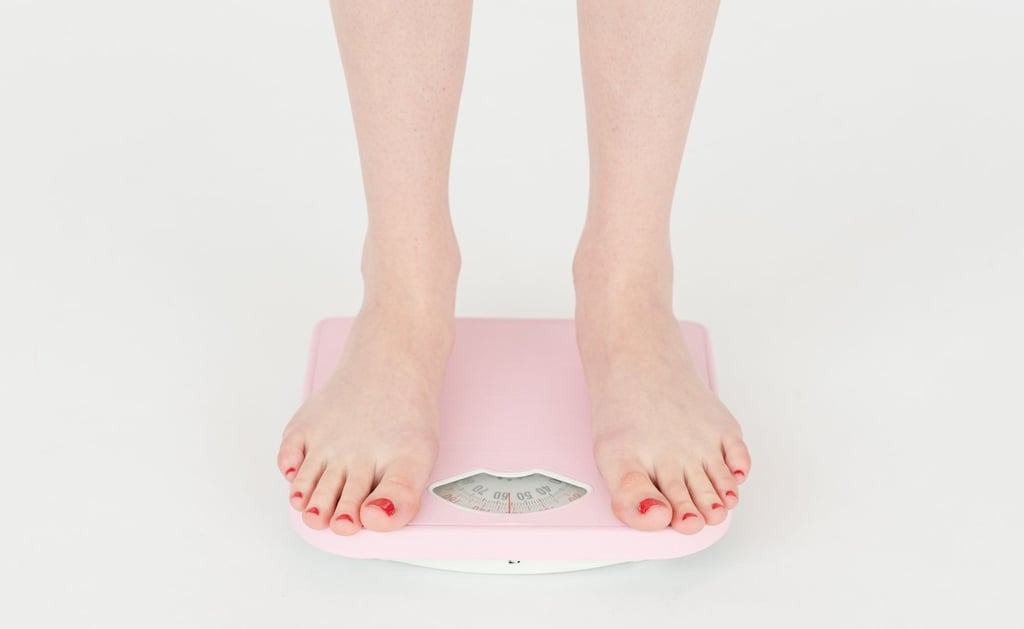Properly Weighing Yourself


To monitor weight loss, one has to consistently weigh him/herself. While climbing on the scale can be nerve racking for some people, especially at the start of the weight loss journey, checking your weight regularly is necessary in the journey. This will help to give you the important information as you make progressive weight loss steps.
Follow the tips below to ensure accuracy as you check your weight.
Weigh yourself naked: Clothes we wear come with their own weight, and unless you know the exact weight of the clothes you wear each time and can subtract their weights from the figures on the scale, you will not be able to tell your true weight by having different pieces of clothing on. So, the best thing is to weigh yourself with nothing on, OR with the same light piece of clothing over your body every time you weigh. This way, you can tell easily if you’re gaining or losing and by how much, without the confusion of the possibility of added weight from your clothes.
Weigh first thing in the morning after emptying your bladder: To ensure accuracy, it is important to maintain consistency in the time of the day when you weigh yourself. Morning is the longest time following a period of no food or no physical activity. This means that things like food or strenuous activity will not have impact on your weight at this time of day.
Be sure to use an accurate scale: Some scales, especially the analog ones, do not work well after some time. Ensure that the scale you are using is accurate. If analog, set it at 0 and test with other items to ensure it reads accurately. If digital, check the batteries, and also test with other items to ensure it’s working as it should. Nothing as frustrating as realizing months later that your scale has been giving you wrong numbers. I find digital scales easier to read and interpret.
Use the same scale to weigh yourself every time: Scales can be calibrated differently. So, to accurately assess your progress per time, using the same scale to check your weight is advised.
Make sure your scale is well positioned on a hard flat surface: Avoid rugs and uneven surfaces when placing your scales. Your scale will not read accurately if placed wrongly.
Weigh regularly: I would say “everyday”. Weighing yourself regularly give you important information on where you are with your weight loss journey. Checking your weight is a major part of your “M” in your SMART weight loss plan. If you do not measure regularly, you won’t know if you’re achieving your goals. In addition to this, weighing regularly helps you overcome the fear of climbing on the scale.
In summary, every aspect of your weight loss journey requires intentionality, even weighing yourself.
Weigh in the morning
Weigh naked or with the same piece of clothing every time.
Use a properly functioning scale
Weigh everyday
How much calories should you eat daily? Find out here...




